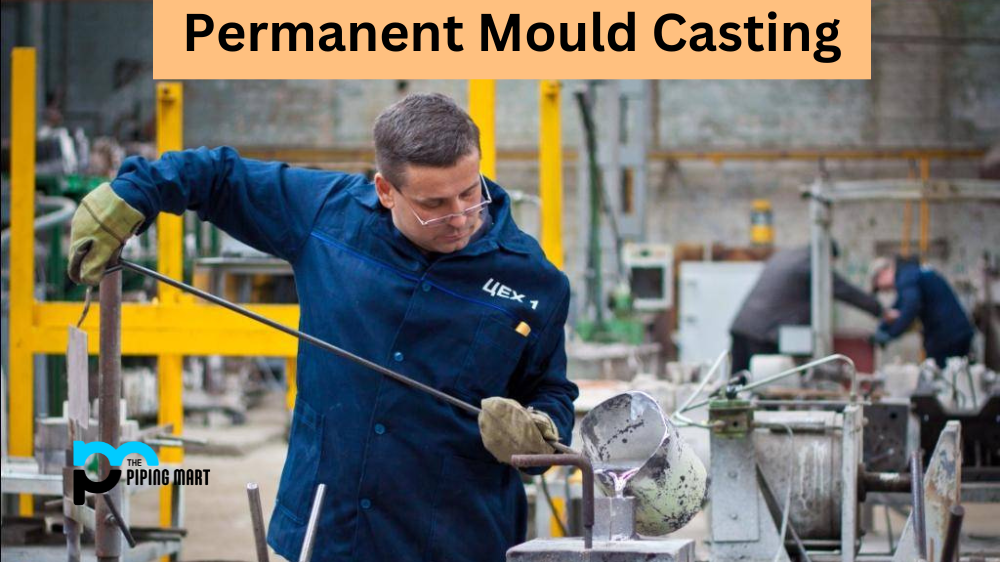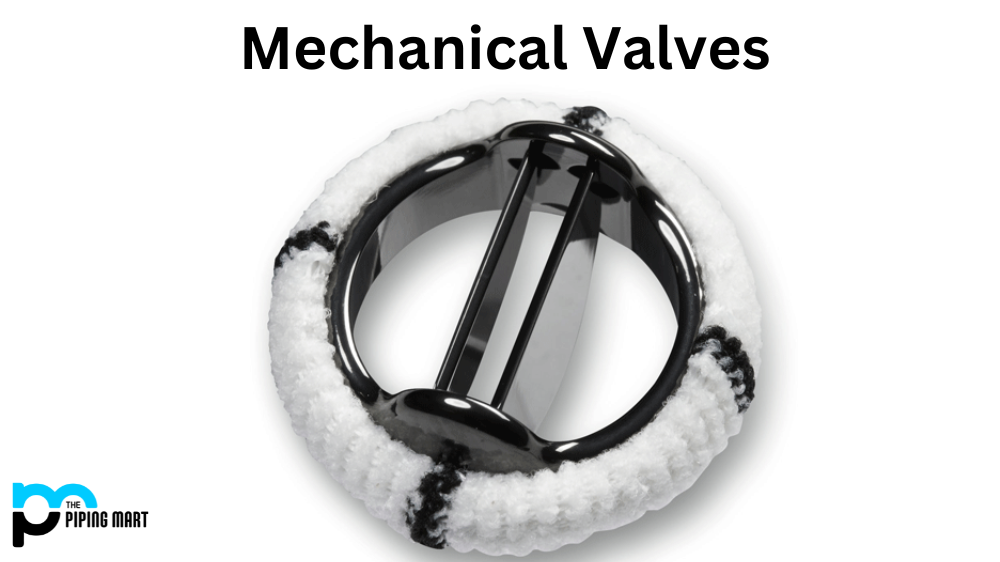Permanent mould casting is a metalworking process that has been used for hundreds of years. It’s an effective way to produce parts with complex shapes, intricate details, and superior surface finishes. Permanent mould casting can provide cost savings over other manufacturing processes, but it also comes with some drawbacks. Let’s take a closer look at the pros and cons of permanent mould casting.
Advantages of Permanent Mold Casting
The biggest advantage of permanent mould casting is that it produces parts with superior surface finishes and tight tolerances. This is because the heat in the molten metal transfers more efficiently through the walls of the tooling than it does in other methods of metal casting, like sand casting or investment casting. This results in parts that are smoother and more consistent than those produced by other methods.
Another advantage of permanent mould casting is that it can be used to cast complex shapes with intricate details, such as ribs, flanges, bosses, and threads. This makes it ideal for producing parts that require intricate features or tight tolerances. Finally, permanent mould casting can be a cost-effective solution for high-volume production runs due to its low tooling costs and fast cycle times.
More precise dimensions
Permanent mould casting results in more precise dimensions than other casting methods. This is because the mould is made from a metal die, which is created using precision machining techniques. As a result, the dimensions of the final casting will be very accurate.
Increased strength
Permanent mould castings are also stronger than those made with other methods. This is because the metal has a higher density, and there are no voids or porosity in the casting. As a result, permanent mould castings are often used in applications where strength is critical.
Improved surface finish
Permanent mould castings also have an improved surface finish. This is because the mould provides a smooth inner surface that can be polished to a high lustre. Additionally, the use of a release agent can further improve the surface finish of the casting.
Increased production rates
Permanent mould casting also offers increased production rates when compared to other methods. This is because permanent moulds can be reused multiple times, which reduces the overall cost per casting. Additionally, permanent moulds can be produced quickly and easily using CNC machining techniques.
Reduced scrap rates
Permanent mould castings also have reduced scrap rates when compared to other methods. This is because the moulds can be designed to minimize flash and other defects. Additionally, any defects that do occur can be easily repaired by welding or machining.
Disadvantages of Permanent Mold Casting
One downside to permanent mould casting is that it requires expensive tooling, which makes it less suitable for low-volume production runs or prototyping applications where the tooling costs may outweigh any potential cost savings from using this method. Additionally, since the tooling is designed specifically for each part design, any changes or modifications to the part design will likely require new tooling, which can add high costs to the project.
Finally, while permanent mould castings have superior surface finishes compared to other types of castings, they still don’t quite match up to machined surfaces in terms of smoothness or precision. In addition, many materials cannot be used with this process as they either lack strength during cooling or have difficulty releasing from the moulds due to their properties (i.e., aluminium alloys).
Limited to Low-Volume Production
Permanent mould casting is limited to low-volume production runs, typically no more than 500 pieces. This is due to the fact that each mould can only be used a few times before it needs to be replaced. For high-volume production runs, another casting method, such as sand casting, would be more appropriate.
More Expensive Than Other Casting Methods
Permanent mould casting is also more expensive than other casting methods, such as sand casting. This is because permanent mould castings require more expensive materials and equipment, and the process is more labour-intensive. As a result, permanent mould castings are typically only used for applications where the benefits justify the increased cost.
Requires High-Quality Molds
Another disadvantage of permanent mould casting is that it requires high-quality moulds. If the moulds are not of high enough quality, they will not produce castings that meet the required tolerances. As a result, companies that use permanent mould casting typically invest a great deal of money in ensuring that their moulds are of the highest quality possible.
Not Suitable for All Metals
Permanent mould casting is also not suitable for all metals. In particular, it is not well suited for metals that have a high melting point, such as iron and steel. Additionally, some metals, such as aluminum, can be difficult to cast using this method due to their tendency to stick to the moulds.
Requires skilled Operators
Finally, permanent mould casting requires skilled operators in order to produce high-quality castings. The operators must be able to control the pouring process and ensure that the metal is evenly distributed throughout the mould. Additionally, they must be familiar with the properties of the metal being used in order to avoid common problems, such as porosity.
Conclusion:
Permanent mould casting has been a reliable process used in metalworking for centuries due to its ability to produce complex shapes with tight tolerances and superior surface finishes at relatively low costs when compared to other types of manufacturing processes, such as machining or forging. However, there are some drawbacks associated with this process, such as its high initial setup costs (tooling), which make it less suitable for low-volume production runs or prototyping applications where cost savings may not be realized until later in production cycles. Ultimately, this method provides an excellent way to produce quality parts quickly and reliably if done correctly!
Meet Heer, a dynamic and driven writer learning tricks of her trade in the metal industry. With a background in Digital Marketing, Heer brings a unique perspective to her writing, sharing valuable insights. Apart from blogging she like reading and hiking.




